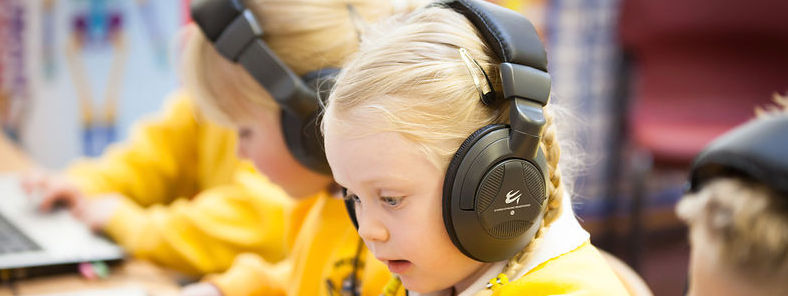
How learning space design impacts student performance
Published
Tuesday, 24 April
Author
Mark Rosser
Categories
Blog
April
Share
There is now robust evidence that the physical design of the learning space has a significant impact on pupils’ performance. This has consequences on classroom design but also on classroom furniture, which play an important role in children’s learning process.
This content is restricted to BESA members
LoginNot yet a member?
Become a part of the BESA community and unlock exclusive business advantages, including:
- Trusted provider status to enhance your industry credibility
- Exclusive discounts on major exhibitions and events
- Access to vital sector insights with resources like the BESA Barometer and Compass reports
- Networking opportunities with industry leaders
- Exclusive business benefits designed to help your organisation thrive
Join now and take advantage of BESA's membership benefits to stay ahead in the industry.
Become a member